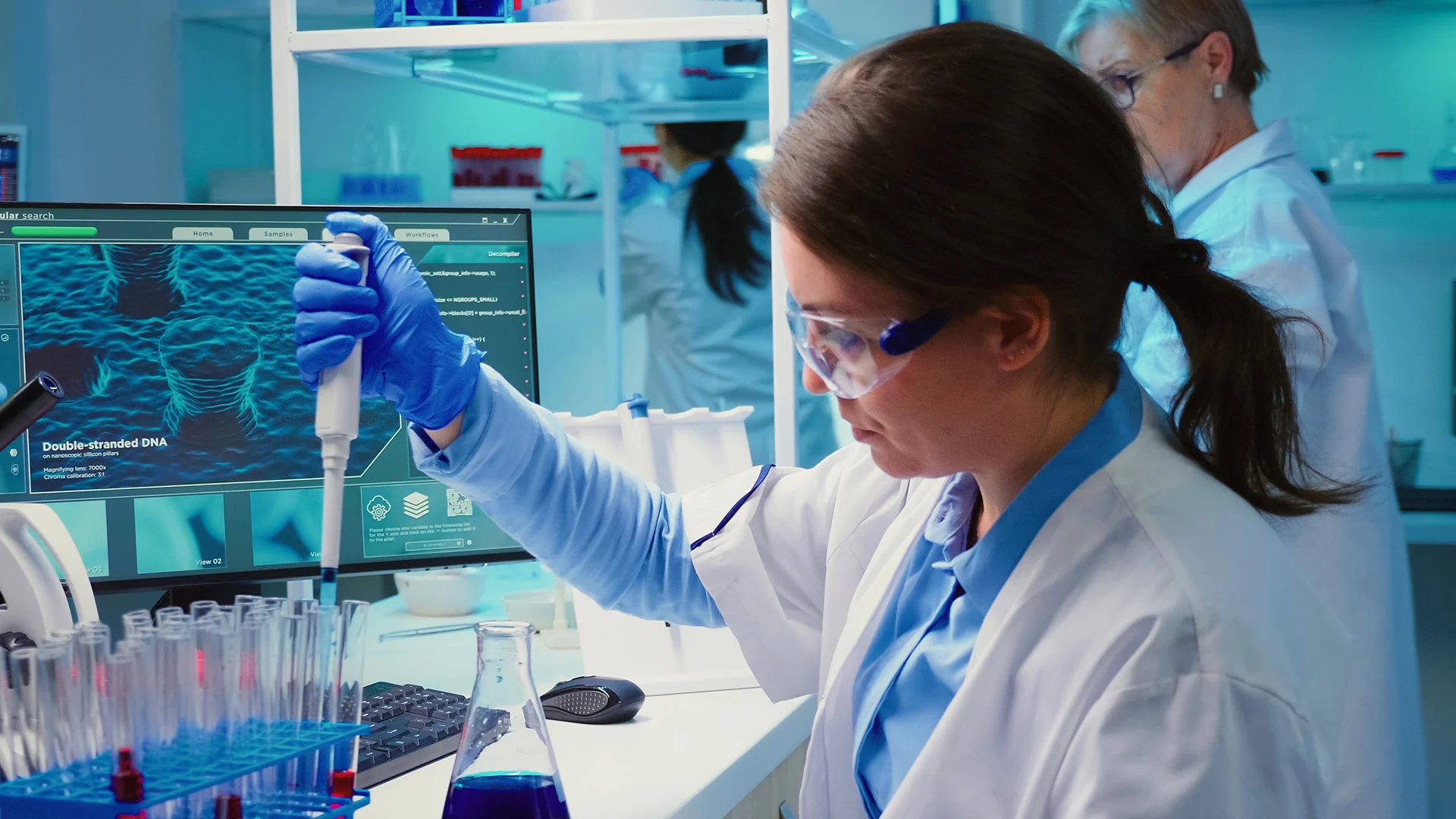
Overview
Despite decades of efforts to increase their inclusion, women remain a minority in STEM fields, including drug discovery and AI for health.
Maria Luisa Pineda, PhD, CEO and Co-Founder of Envisagenics, on why diversity and inclusion matter in biopharma
In biopharma, women are a minority both in the workforce and in the data, yet their participation is critical to successful healthcare innovation. Maria Luisa Pineda, PhD, CEO and Co-Founder of Envisagenics, spoke with Cure about diversity and inclusion in biopharma — why it matters for drug discovery and AI for health, and how to create a diverse workforce.
Cure: Envisagenics employees are 49 percent women, and a similar percentage are people of color. How have you woven a culture of diversity into your company?
Pineda: I think having me as a woman of color sitting in a C-level position gives other women a reference. They see that it is possible, it is achievable, and others like them can do it.
I am a Latina, a mom and a woman building a new industry. It’s morally imperative for me to share my story. In the United States, women account for more than half the educated workforce and only a quarter end up being STEM workers. We need to see more women represented in STEM. We need to change and eliminate biases toward women in STEM.
At Envisagenics, we are challenging the myth that it is very difficult to find and fill STEM roles with women. Most of our applicants for jobs and internships are women and all of these women are filling technical positions. They see a biotech led by a woman and they feel comfortable.
One of the things that I try to do is remove biases, remove stigma, and take a leadership role in changing the ways that others are viewed. There are unconscious biases that can be verbal or nonverbal. Women and people of color must continue to address these issues head on and educate others so we can take these biases away. As mentors and allies we can change how women are seen in biotech and biopharma.
We are a small company, but that’s where it starts. We have to start moving the needle, and when others can see representation, we can change the status quo.
Cure: What is the potential for AI in health, and as we stand at the precipice of teaching machines how to think, how do we eliminate bias?
Pineda: AI will change the way that we do things. We can accelerate and automate processes that no human alone can do. AI in drug discovery requires very deep technical expertise. My company has been doing this for more than a decade. The better and the more we use it, the better the knowledge is going to get. That means we’re going to find cures that are more personalized and get them to our patients sooner. That is what we all work towards.
To eliminate bias, we need to do more in terms of diversity and inclusion. The answers probably have two prongs. First, as an industry, we really have to work on the data acquisition, because right now most of the data we have are on Caucasian males. We have to do a better job at getting data from different sources and from people of different socioeconomic backgrounds.
The second prong has to do with algorithms — who writes them, who develops them. Again, it has to be people from diverse backgrounds, with different sets of experiences and diverse cultures and communities. Algorithms that meet standards of equity and ethics depend not only on the data, but who writes them. Diversity and inclusion is not a nice-to-have, it’s a must-have.







